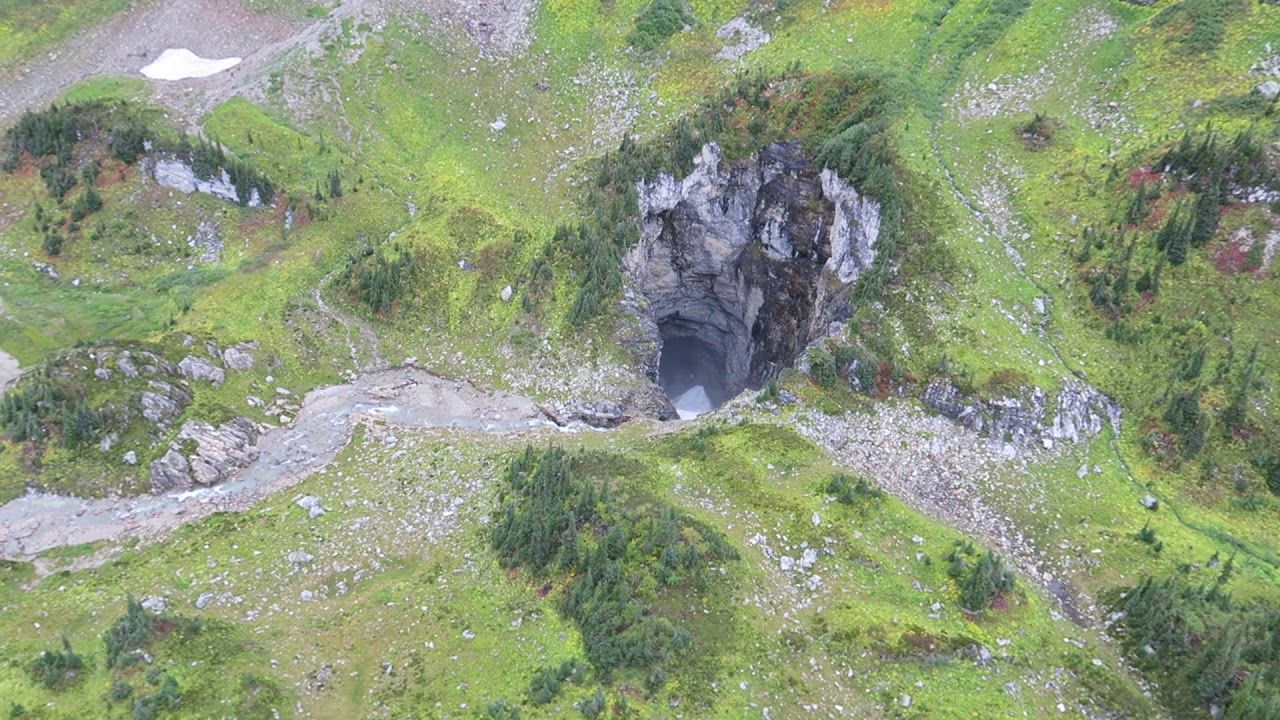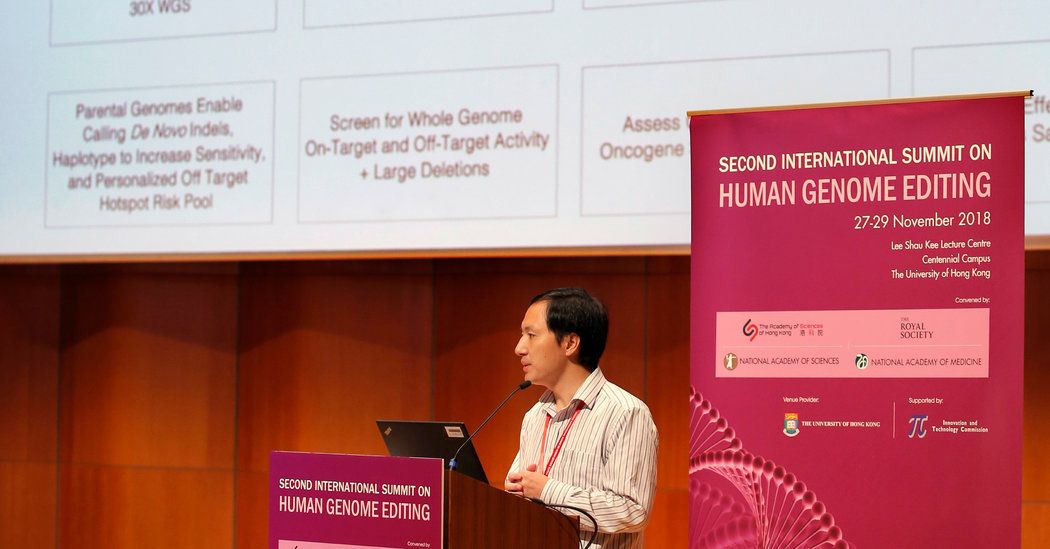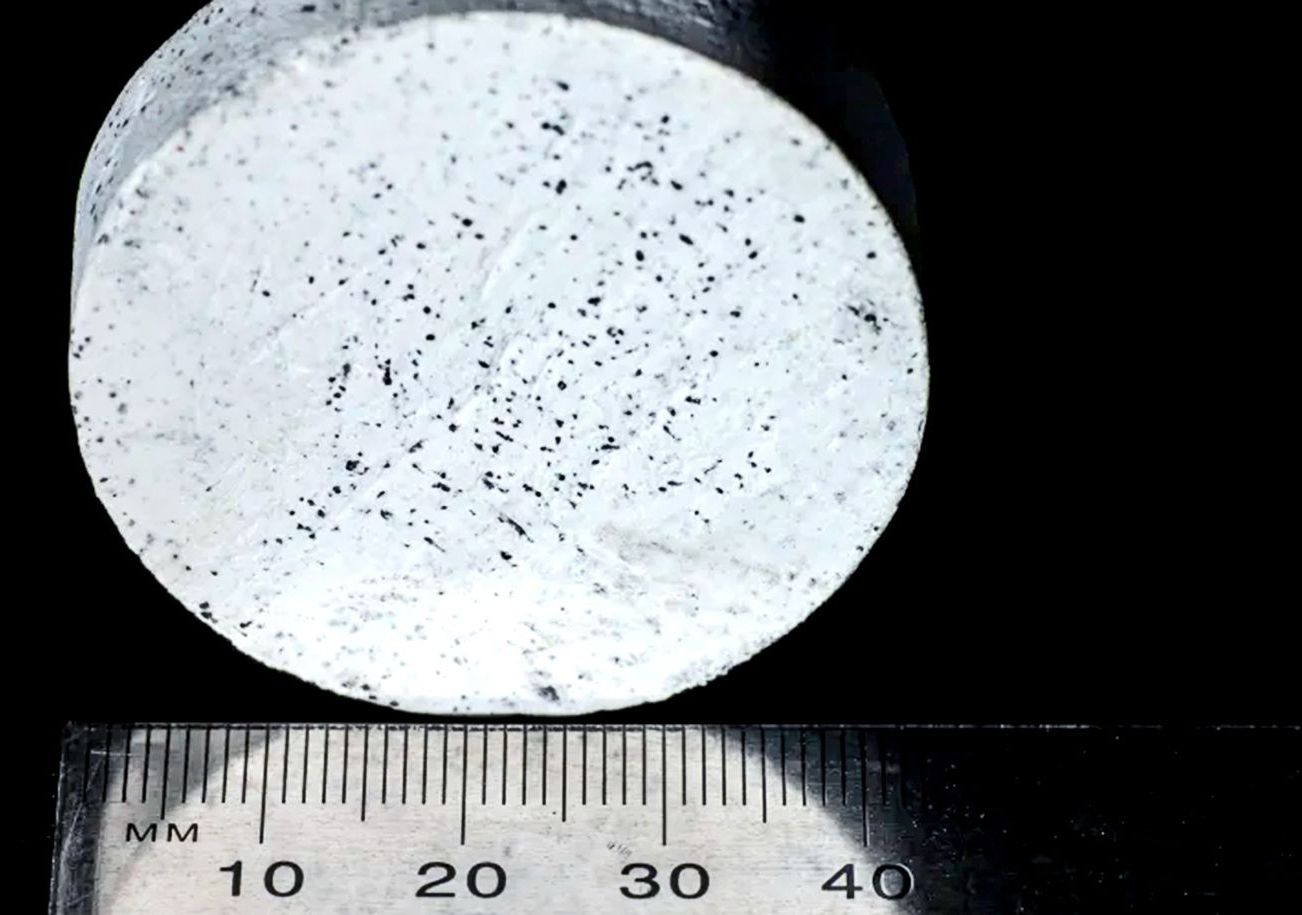Page 9235
Dec 7, 2018
Genetically Modified People Are Walking Among Us
Posted by Shailesh Prasad in category: genetics
And, so far, they’re just fine. America needs a sober debate about the pros and cons of Crispr instead of a paranoid ban on the technology.
Dec 7, 2018
Theoretically Possibility That Gene Edited Twins Received a Tiny Intelligence Enhancement
Posted by Shailesh Prasad in categories: bioengineering, biotech/medical, neuroscience

The question and answer interview of He Jianku conference presentation has the most interesting parts of this debate about human gene editing of embryos. The interview starts at about 1 hour and 28 minutes of the record. The formal presentation showed that the scientist He has taken appropriate scientific care to perform the work. He took care to make sure it was on target and was successful. He took care to make sure there were no unintended off-target side-effects.
* the parents (father HIV positive) made a choice to use the edited embryos versus unedited * the CRISPR vector used to make the change. Appears to be the kind that can be ordered for about $100. There have been adult people who have self-experimented with mail order gene editing kits * the conference interviewer asked about whether He Jianku was aware of a few other research papers. Some paper suggests that the gene CCR5 could cause increased susceptibility to flu and another suggests a tiny increase in cognitive effect.
Dec 7, 2018
The First 8K TV Broadcast Has Officially Taken Place
Posted by Shailesh Prasad in category: electronics
Dec 7, 2018
90% of All the Scientists That Ever Lived Are Alive Today
Posted by Shailesh Prasad in category: futurism

This simple statistic captures the power of the exponential growth in science that has been taking place over the past century. It is attributable to Derek de Solla Price, the father of scientometrics (i.e., the science of studying science), in his 1961 book Science Since Babylon. If science is growing exponentially, then the major technological advancements and upheavals of the past 200 years are only the tip of the iceberg.
Dec 7, 2018
FDA Approves Drug That Targets Key Genetic Driver of Cancer
Posted by Nicholi Avery in categories: biotech/medical, genetics
Imagine one drug that can target and kill malignant cells for some patients with many types of cancer. A new drug called Vitrakvi (larotrectinib), now approved by the U.S. Food and Drug Administration, shows promise of doing just that for both adults and children with a variety of sometimes rare cancers that share one specific genetic mutation.
The mutation, called a TRK fusion, occurs when one of three NTRK genes becomes mistakenly connected to an unrelated gene and ignites uncontrolled growth. By solely targeting this mutation, the drug is designed to turn off growth signaling with a minimum of other toxicities.
According to the drug manufacturer, Loxo Oncology, this specific mutation can occur in a small subset of various adult and pediatric solid tumors ranging from cancers of the appendix, bile ducts, breast, lung, pancreas and thyroid to melanoma, GIST and various sarcomas.
Continue reading “FDA Approves Drug That Targets Key Genetic Driver of Cancer” »
Dec 7, 2018
We finally know what causes childhood leukemia — and how to prevent it
Posted by Nicholi Avery in category: futurism
Dec 7, 2018
Massive Cave Discovered in Canada, Named After ‘Star Wars’ Beast
Posted by Genevieve Klien in categories: climatology, sustainability

A massive, previously unexplored cave discovered by accident in Canada has been named “Sarlacc’s Pit,” after the multi-tentacled alien beast that first made an appearance in Star Wars: Return of the Jedi.
Officials from Canada’s Ministry of Environment and Climate Change first came across the huge cavern in Wells Gray Provincial Park in British Columbia while conducting a caribou count by helicopter in March.
Continue reading “Massive Cave Discovered in Canada, Named After ‘Star Wars’ Beast” »
Dec 7, 2018
Tiny ceramic particles make this building material fire-safe
Posted by Genevieve Klien in categories: computing, particle physics
Inspired by the insulation on a humble electrical cable, researchers have found that tiny ceramic particles can make plastic-backed cladding fire-safe.
How do you make a light-weight cladding material that doesn’t catch fire? It’s a question the building industry globally is wrestling with in the wake of the 2017 Grenfell Tower blaze in London that cost the lives of 72 people.
But according to new research, the answer is under your desk in the plastic insulation around the electrical cable powering your computer.















